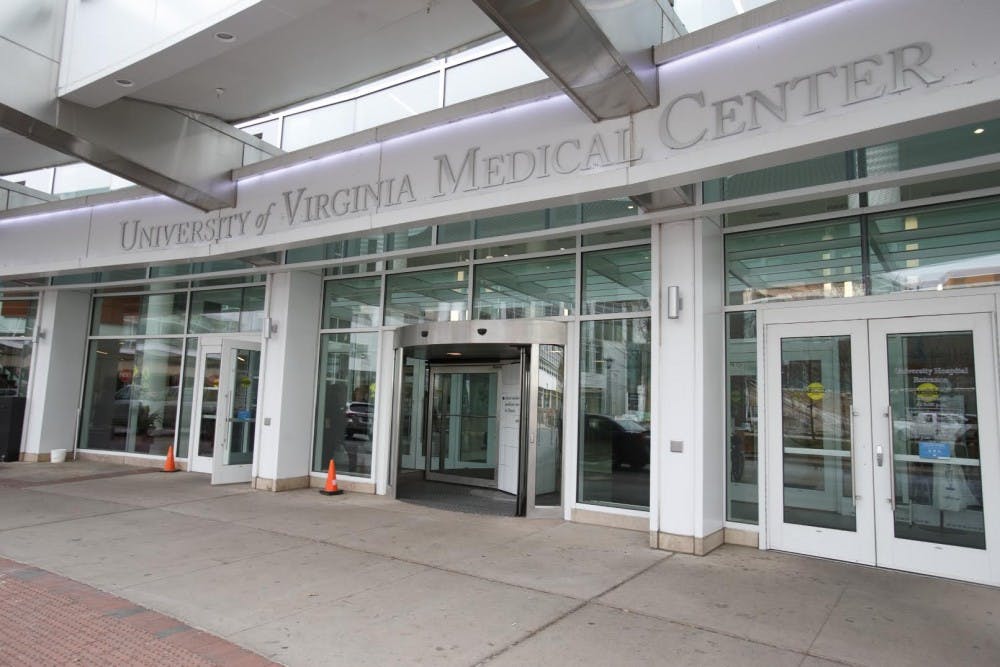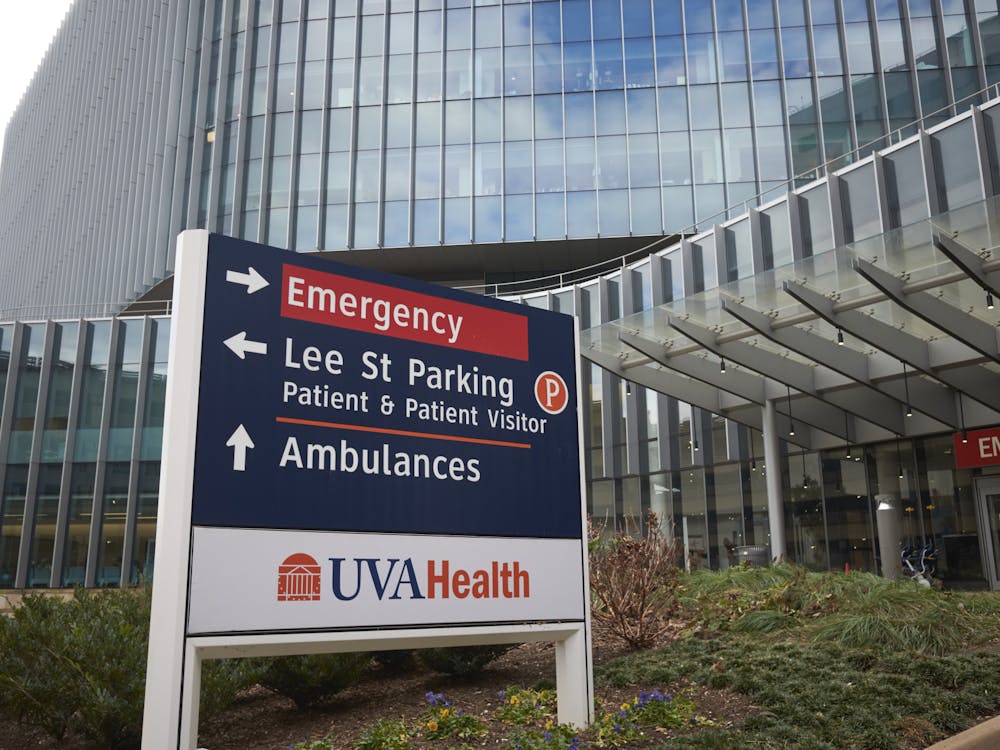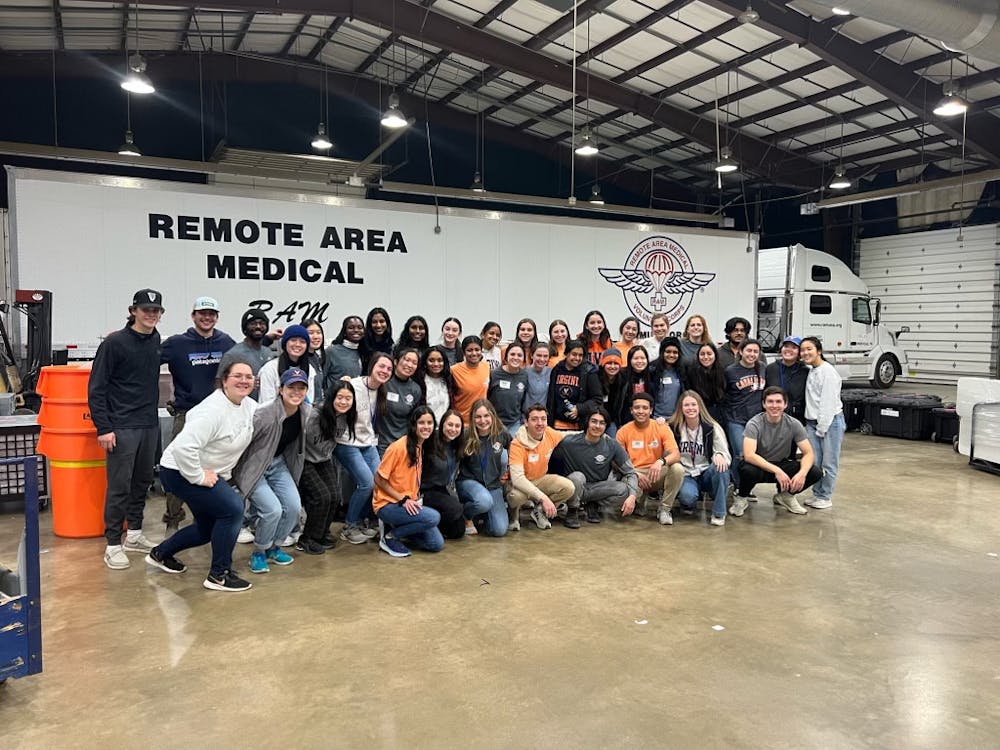The University Health System has faced challenges with patient safety, including incurring a $5 million penalty in December from the Centers for Medicare and Medicaid Services, according to The Daily Progress. However, the hospital has made improvements through its Be Safe initiative.
Dr. Tracey Hoke, chief of quality and performance improvement, said penalties related to safety are given by an external benchmarking service created by the federal government based on billing data.
“Every day, when a physician bills for patient care, all of the bills are attached to disease codes or procedure codes, and at the end of a hospitalization, when a hospital bills for care, all of the billing is attached to disease codes and procedure codes,” Hoke said.
Then, according to Hoke, all of the disease and procedure codes are run through an algorithm based on severity of illness and are analyzed by the federal government on the CMS Hospital Compare website. The site includes information about the quality of care of Medicare-certified hospitals, such as timely, safe and effective care; patient experiences; readmission and mortality rates and efficiency of use of medical imaging.
Hoke said that to decide on penalties, the Hospital Compare metrics are distributed into four different programs — Hospital Value-Based Purchasing program, Hospital Readmission Reduction Program, Value Modifier Program and Hospital Acquired Conditions program — and the top and bottom performers in the programs are determined.
“They take money from the bottom performers and give it to the top performers, as sort of a penalty to the worst and a gift or incentive to the best,” Hoke said.
The University has paid penalties in the Hospital Acquired Condition program over the past two years. This program reviews hospital-acquired infection data, such as catheter-associated urinary tract infections, catheter-associated bloodstream infections and MRSA infections.
However, Hoke said that this benchmarking service often uses old data and also puts academic medical centers that deliver quaternary care — highly specialized and advanced levels of medicine — at a disadvantage.
“It’s well known across the country that these benchmarking tools favor ... hospitals taking care of patients who are sick but not the sickest,” Hoke said.
Specifically, Hoke said that the academic medical centers, such as the University, take care of more medically complex patients and thus have patient outcomes that are disproportionately worse than the rest of the pool but were not accounted for in the CMS risk adjustment.
Also, Hoke said that analyzing the data of coded admissions takes a significant amount of time and is often published up to four years behind the hospital discharge. Notably, the fines that the University received in recent years were based on data as old as 2014.
“The tenure in the country right now is that we need to be really skeptical with these benchmarking systems because they are steering people away from our academic medical centers where we take care of the sickest and the poorest patients and deliver the highest level of care, and we need to just be open to the public around the delays in the data,” Hoke said.
Given these issues, the Health System focuses more on their internal measures and programs for safety.
“We focus on our internal information in real time to both problem solve and to set best practices in place,” Hoke said. “There’s a sort of acknowledgement that the benchmarks are out there but they’re not how we figure out what to improve, and they’re not how we ultimately judge our patient care.”
In terms of internal information, the Health System’s main approach to patient safety is a program called Be Safe, initiated in January 2014, Hoke said.
“The program consists of guiding principles about keeping the patient in the forefront of everything that we do, and it uses proven continuous quality improvement methods, like Lean and A3, to assist people in determining the root causes of problems and coming up with data-driven solutions,” said Wendy Novicoff, a professor of public health sciences, in an email to The Cavalier Daily.
Hoke said Be Safe focuses on systems improvements, including by looking for the best practices in the industry and working on employing them into their systems, such as electronic medical records and clinical care practices. They also trend patient outcomes, tracking 483 measures, even before the external benchmarking services might indicate there is a problem.
Of the 483 measures that Hoke’s office follows, they focus on 10 specific surrogates of excellence.
“We have 10 surrogates for excellence that include things like our mortality rates, our readmission rates, our infection rates, our pressure ulcer rates, our fall rates, team member injury rates ... those 10 surrogates are monitored on a daily basis, trended on a monthly basis and benchmarked on a quarterly basis,” Hoke said.
Hoke said that as they monitor these proxy measures of patient safety, new practices emerge, and they increase their understanding of patient populations. For example, they recently discovered that many pressure ulcers at the University Hospital are caused by life-preserving devices, such as ventilators or feeding tubes — rather than the conventional reason for pressure-ulcer formation that patients aren’t being turned enough. As a result, their understanding of pressure ulcers has become more focused, and they are even working with vendors to make more protective products.
Additionally, Novicoff said that the Be Safe program is inherently cyclical, as they continue to analyze their data and work to improve. For example, she has been working on reducing the rate of venous thromboembolism events, which according to the American Heart Association, is a blood clot often caused by surgery in patients who have had hip and knee replacements.
“We were able to reduce that rate significantly using a multidisciplinary approach ... and we have been spreading that approach to other areas in the hospital with equally impressive results,” Novicoff said.
Hoke also noted significant improvements in hospital-acquired infection rates, which the hospital had been fined for in the past. Specifically, catheter-associated urinary tract infections, catheter-associated bloodstream infections, C. difficile and MRSA infections have decreased 70 percent, 56 percent, 31 percent and 50 percent respectively over the last five years.
“If you look forward to the 2019 program ... we are expected not to pay a penalty because the data will have finally caught up,” Hoke said.





